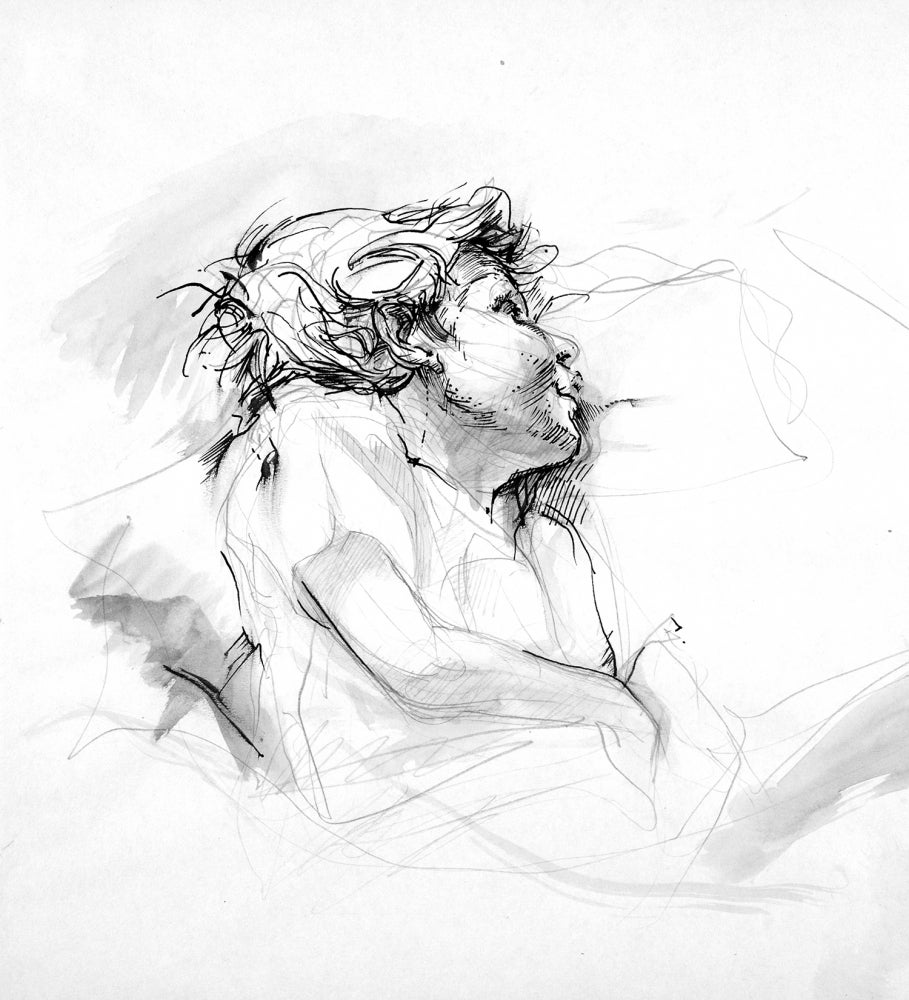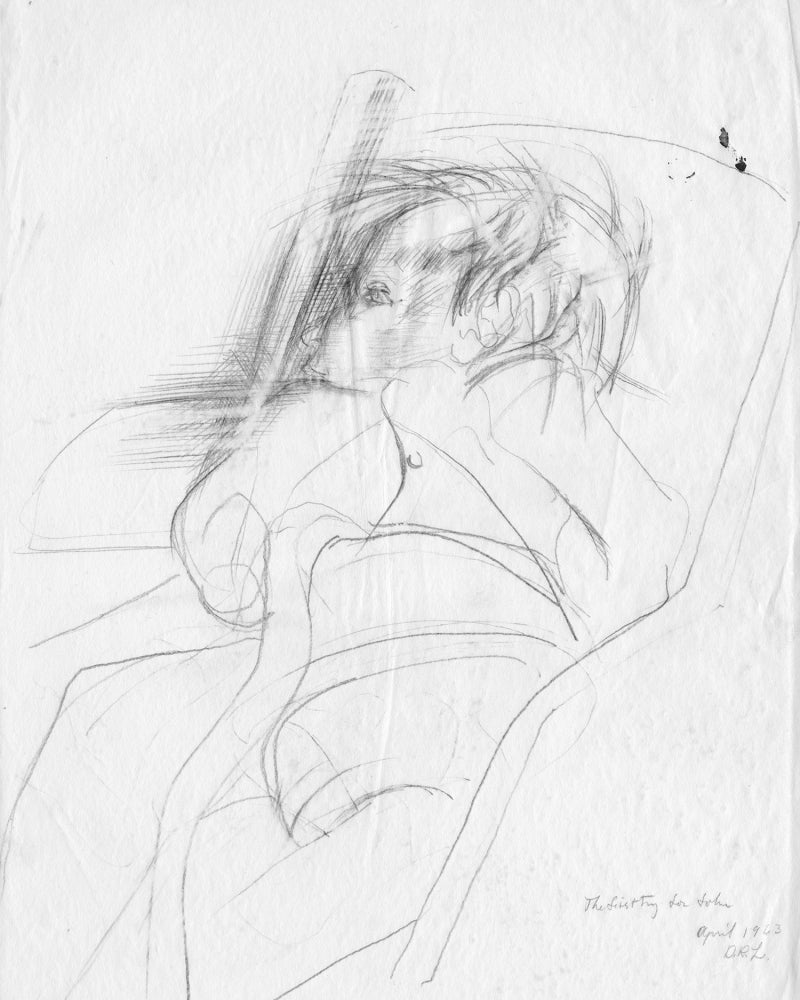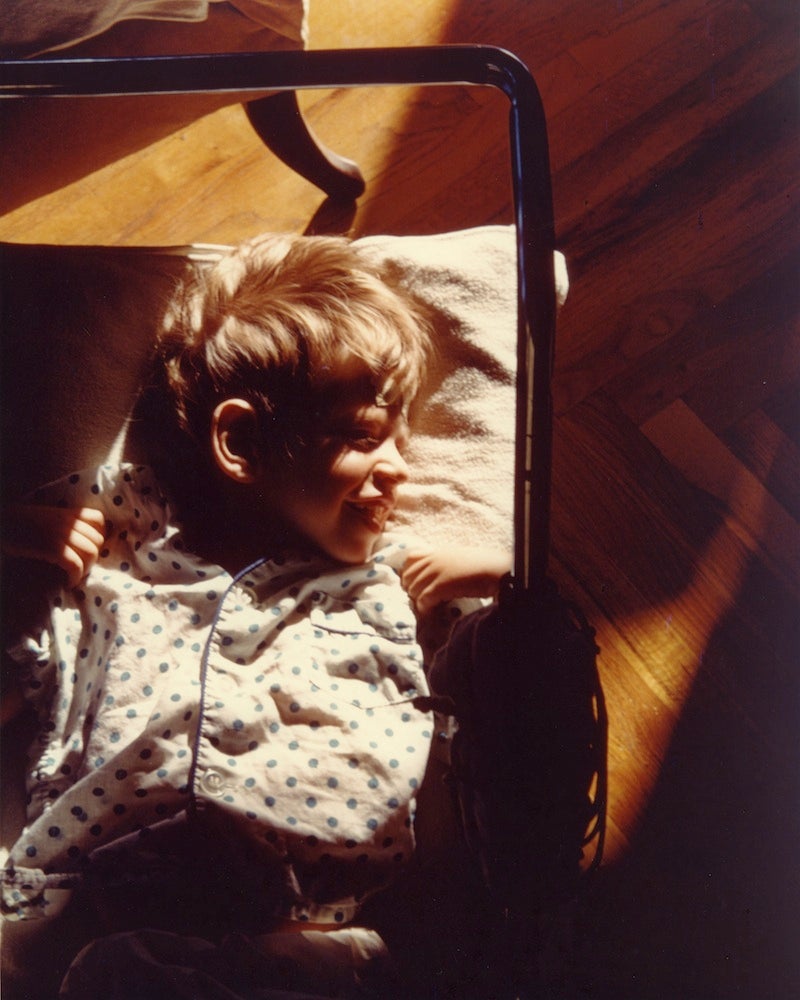‘Epitome and Epiphany’
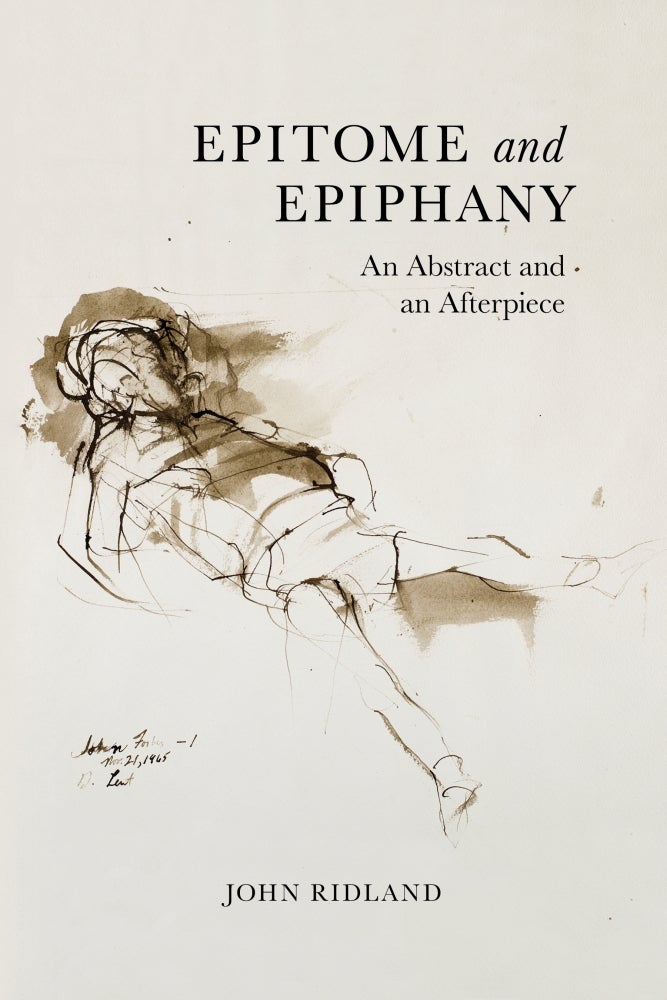
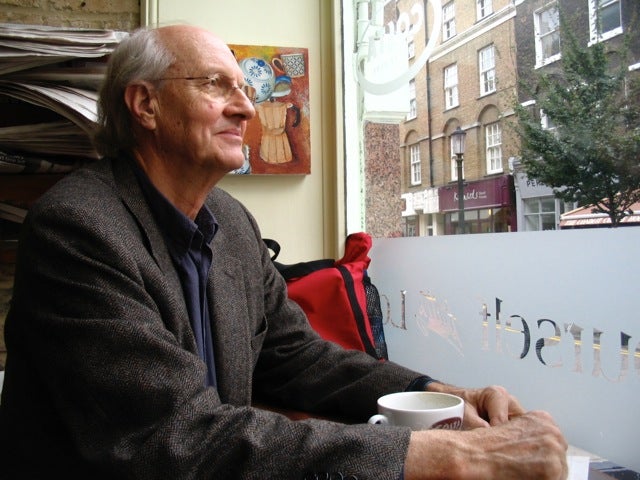
Back in 1975, John Ridland and his wife, Muriel, published a book titled “And Say What He Is: The Life of a Special Child.” Written under the pen names J.B. Murray and Emily Murray, they shared the story of their special needs son, John, and their experiences caring for him.
Seemingly healthy at birth, John — known more affectionately as Little John — was, at two years of age, found to have a neuromuscular disorder that impaired his central nervous system and motor development. He couldn’t speak, but over the course of his brief life — a mere six years — he nevertheless developed a keen ability to interact with the people around him.
Nearly five decades later, John Ridland, a professor emeritus of English at UC Santa Barbara, has published another book dedicated to Little John. “Epitome and Epiphany: An Abstract and an Afterpiece” (Dowitcher Press, 2017) is a memoir of sorts that revisits Little John’s life.
“I wanted to tell his story, but elevate it from a practical manual to a literary art form to honor him,” Ridland said. “The straightforward day-to-day, year-by-year factual account in ‘And Say What He Is’ was written as well as we could make it, but it wasn’t literary. There were poems in it, which were efforts in that direction, but they were surrounded by non-literary medical facts and procedures.”
Arranged in two sections, the book opens with “Epitome,” a narrative history of Little John’s life crafted mostly in prose and almost as poetic as the long-form poetry that follows in “Epiphany.” Of the book’s title, Ridland said, “They are both such beautiful Greek-rooted words, and not as unfamiliar as one might think at first glance.”
People are often described as “the epitome of some quality,” he continued, noting such a description could be relevant to Little John. “But the other definition I quote in the book refers to the meaning of an ‘abstract’ or summary of something, a ‘condensed account,’ which that section of this book is — but very condensed and turned into an ‘abstract’ and moving in the direction of a work of literary art.”
In “Epiphany” Ridland republishes his poem “In the Shadowless Light,” crafted within the 12 months following Little John’s death. “The writing extended over that whole year, May 1969 to sometime in 1970, in bits and pieces,” he recalled. “And pulling them together into nearly the final form was completed by winter quarter 1971.”
The following spring, Ridland, on sabbatical in New Hampshire, needed a typist to prepare a clean copy of the manuscript. He enlisted the aid of a typing teacher at Wolfesboro High School. “When he said, ‘That’s the most beautiful thing I ever read,’ I was glad it didn’t seem hermetic or sentimental or too personal or academic,” Ridland said.
“When I first pulled it together I thought of calling it “Meditations on the Death of a Son” and giving some indication it was drafted within the year after the day of his death — which I was told is the customary end of formal mourning in Judaism,” he explained, “and we felt on the anniversary of that day a lifting of the burden.”
The title “In the Shadowless Light” came about in a collaboration with the late Alan Stephens, then a professor of English at UCSB. “He was reading through it, and I told him I was searching for a title,” Ridland said. “He came up with it, and it struck me as exactly right: in the opening lines, the earth is completely covered with cloud, which splits apart like a walnut shell, and somehow, in a ‘resurrection,’ it can be imagined as so lighted by the sun on all sides at once there would be no shadows.”
Yet another connection to UCSB is represented in the front cover art of “Epitome and Epiphany” and the interior illustrations. All three are the work of Don Lent, who completed his master of fine arts degree in studio art at UCSB and taught in the university’s art department for several years. “Don and his wife, Mary, became perhaps our closest friends in the first years we were at UCSB,” Ridland said. “He left UCSB to run the art department at Bates College in Maine, but while still here he drew the three sketches of Little John that became essential visual punctuation in the layout of the book.”
And why revisit — or republish — a new version of the relatively same material? “I wanted to finish saying what I had to say about Little John,” Ridland explained. “The two parts of ‘Epitome and Epiphany’ will be my final words about this person who was the center of our lives for his six years of living, and from whom everything else has followed. With the photograph on the back cover as the definitive last word, or last image, period.”
Ridland will be reading from “Epitome and Epiphany” Friday, Sept. 8, at 7 p.m. at Chaucer’s Bookstore, 3321 State St., Santa Barbara.
